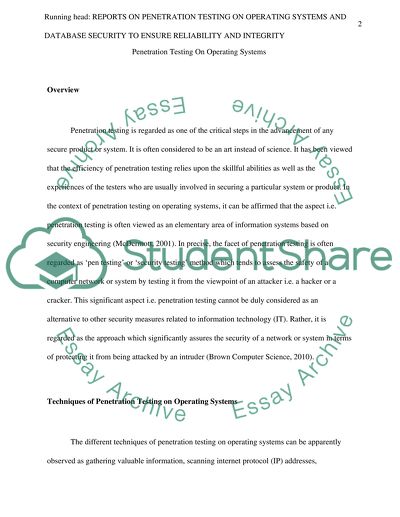Cite this document
(“Reports on Penetration Testing on Operating Systems and Database Research Paper”, n.d.)
Reports on Penetration Testing on Operating Systems and Database Research Paper. Retrieved from https://studentshare.org/information-technology/1486217-reports-on-penetration-testing-on-operating
Reports on Penetration Testing on Operating Systems and Database Research Paper. Retrieved from https://studentshare.org/information-technology/1486217-reports-on-penetration-testing-on-operating
(Reports on Penetration Testing on Operating Systems and Database Research Paper)
Reports on Penetration Testing on Operating Systems and Database Research Paper. https://studentshare.org/information-technology/1486217-reports-on-penetration-testing-on-operating.
Reports on Penetration Testing on Operating Systems and Database Research Paper. https://studentshare.org/information-technology/1486217-reports-on-penetration-testing-on-operating.
“Reports on Penetration Testing on Operating Systems and Database Research Paper”, n.d. https://studentshare.org/information-technology/1486217-reports-on-penetration-testing-on-operating.


